Steamed Sweet Corn Cake is a type of Kuih/Kueh that is an extensive selection of fine, multi-coloured and flavoursome cakes. Likewise, these kuihs are distinctively Nyonya cuisine. They normally steam Nyonya kuihs and occasionally fried or baked. We can eat these kuihs during breakfast, as an afternoon snack or as a dessert.
Nyonya or Peranakan cuisine is a fusion of Chinese and Malay cuisines. This cuisine came about as a result of intermarriages between the Chinese immigrants and the native Malays. These Nyonya kuihs are also popular street food in Southeast Asian countries like Malaysia, Singapore and Indonesia. They also sell freshly made Nyonya kuihs in Asian groceries stores, cafes and Malaysian chain restaurants worldwide.
About Nyonya Kuihs
Nyonya kuihs or cakes are a good alternative for people on a gluten free diet. As they are naturally gluten free. Typically, they make these kuihs with rice flour, glutinous rice flour, tapioca starch and mung bean (green pea) flour. Giving them a custard and pudding like texture. In addition, they also use glutinous rice to make these Nyonya delights. Furthermore, they use some customary flavouring ingredients like dessicated coconut and shredded coconut, coconut milk or cream. As well as pandan (screwpine) leaves and palm sugar.
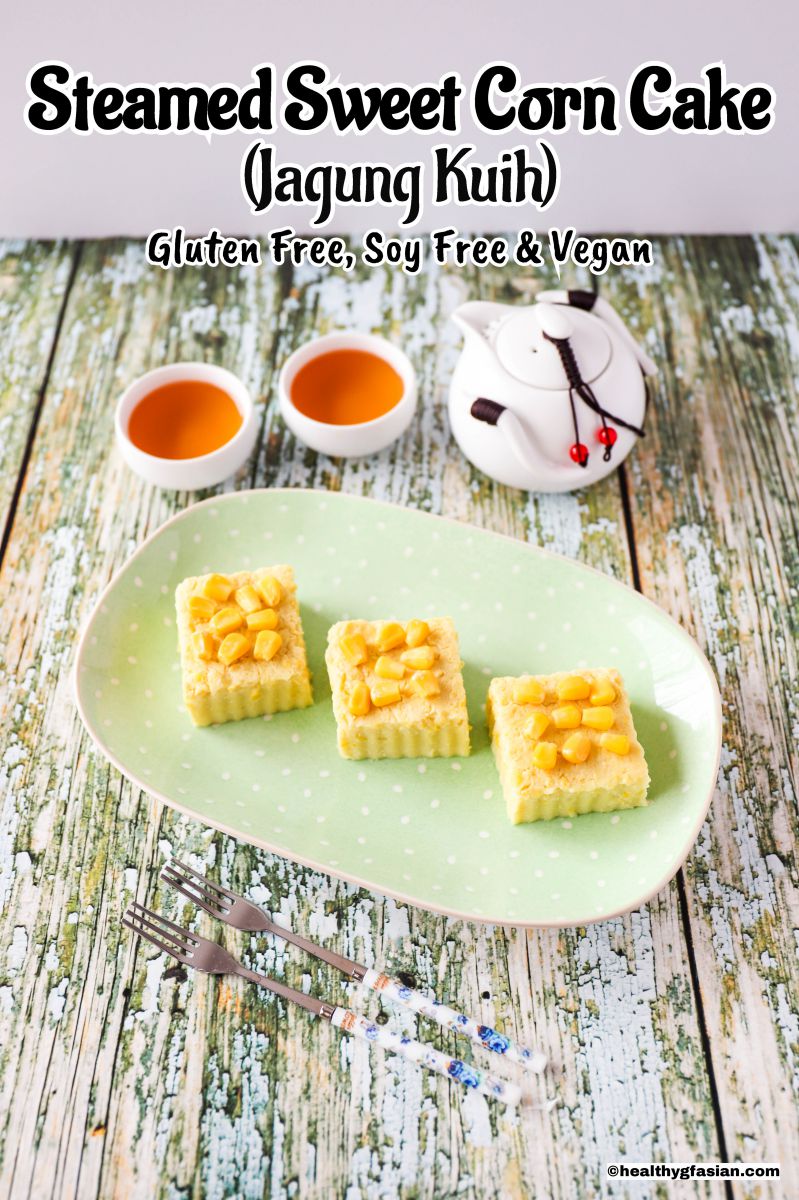
Gluten Free Steamed Sweet Corn Cake
For my gluten free recipe of this Steamed Sweet Corn Cake, I am using rice flour and tapioca starch. Plus coconut milk and fresh sweet corn kernels as my main ingredients. This is a modern variation of Nyonya kuih that is full of flavour. This recipe is also vegan, soy free, low carb, egg free, dairy free, nut free and refined sugar free.
You may also like my other Nyonya Kuihs recipes:
- Sweet Potato Glutinous Rice Balls (Ondeh Ondeh/Onde Onde); and
- Pumpkin and Coconut Layered Cake (Kuih Talam).
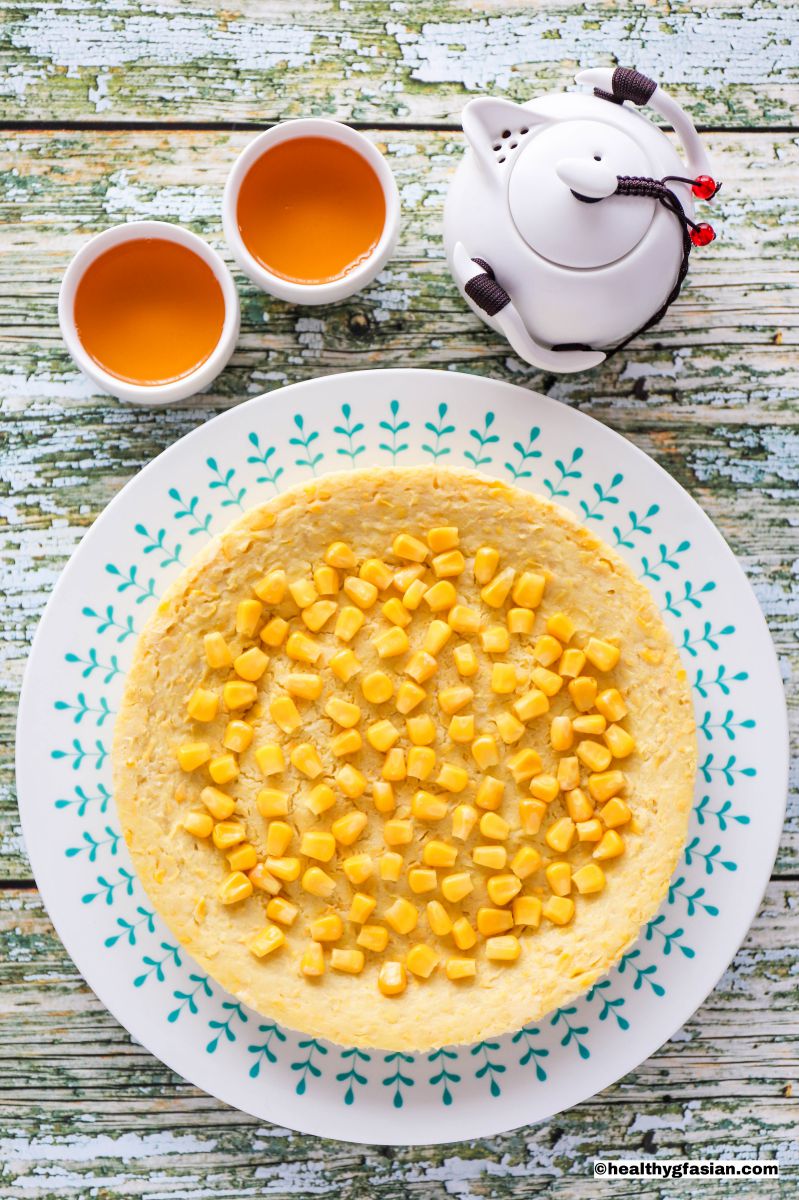
Brief Facts About Sweet Corns
Sweet corns (Zea mays var. saccharata) originated from the Americas and have been a staple food for thousands of years. Likewise, farmers now grow sweet corns in numerous varieties all over the world. With the United States as the biggest producer and exporter. Sweet corns are a result of natural mutations of field corns. And they harvest sweet corns when immature at milk stage. Moreover, they also eat sweet corns as a vegetable. Normally, we can eat sweet corns either fresh, frozen or canned because they do not store well. This is due to their maturation process of converting sugar to starch and becoming tough and starchy.
Versatility of Sweet Corns
In addition, many children and adults love sweet corns as a popular vegetable as they are naturally sweet tasting. The most popular way of eating them is whole corn on the cob. Alternatively, you can grill them to perfection wrapped in foils on a barbeque. Then served with some butter and sprinkle of salt. Otherwise, you can steam or boil them fresh which is an alternative way of cooking and eating them. While we frequently use baby sweet corns in Chinese stir fried dishes. Moreover, they are highly versatile and you can use sweet corns in soups, salads, baked into pies. As well as used in cakes and biscuits and even as a topping for pizzas.
How To Choose Sweet Corns
When choosing fresh sweet corns, select those that have light green and tight husks. The corn kernels should be clean, rounded with fleshy golden silks. Exclude old corns that are yellowing and damaged with spots and dark brown silks.
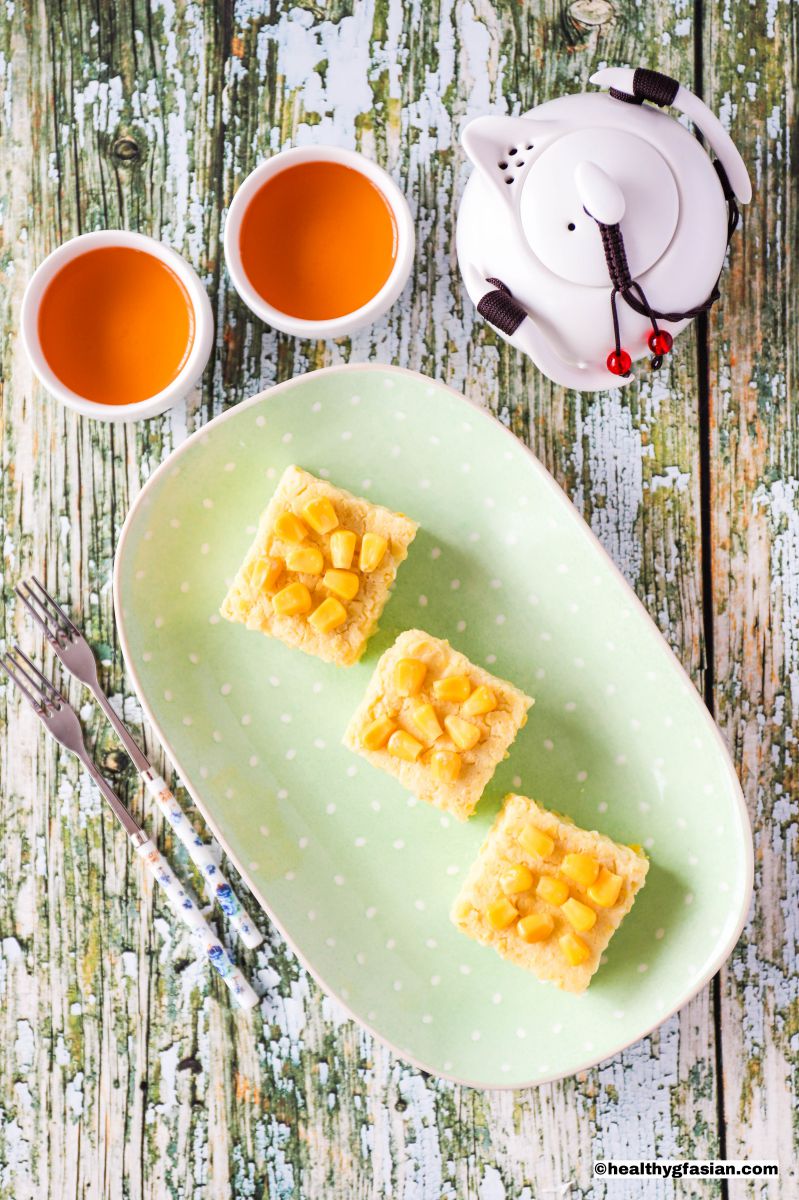
Nutritional Benefits of Sweet Corns
The sweet corns are naturally gluten free and rich in dietary fiber. Likewise, they are high in starch, a gradually digestible source of carbohydrates. In addition, they are also an excellent source of essential vitamins and minerals. Sweet corns are abundant in vitamin B1 (thiamine), vitamin B3 (niacin), vitamin B6 (pyridoxine), folate (vitamin B9) and vitamin C. As well as phosphorus, magnesium and potassium. In addition, sweet corns are high in antioxidants beta-carotene and lutein, the carotenoids giving vegetables their unique colours. Furthermore, sweet corns have another powerful antioxidant, ferulic acid and cooking them actually boosts the level of ferulic acid.
Health Benefits of Sweet Corns
On the whole, health benefits of sweet corns may include:
- Maintain healthy digestive system and prevent constipation;
- Prevent neural-tube birth defects;
- Lower risks of cancer especially colon cancer;
- Promote healthy cardiovascular system;
- Support healthy skin and hair;
- Decrease bad LDL cholesterol;
- Reduce risks of Alzheimer’s disease; and
- Promote healthy vision plus reducing risks of macular degeneration.
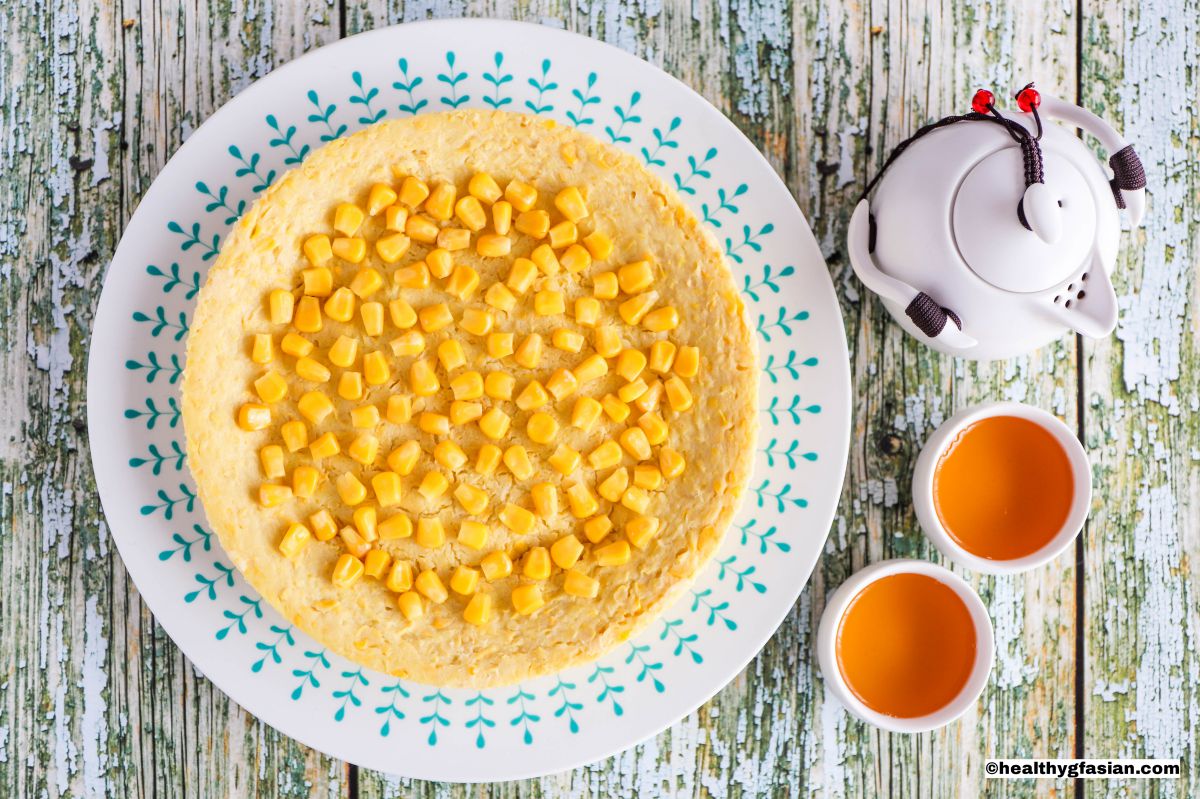
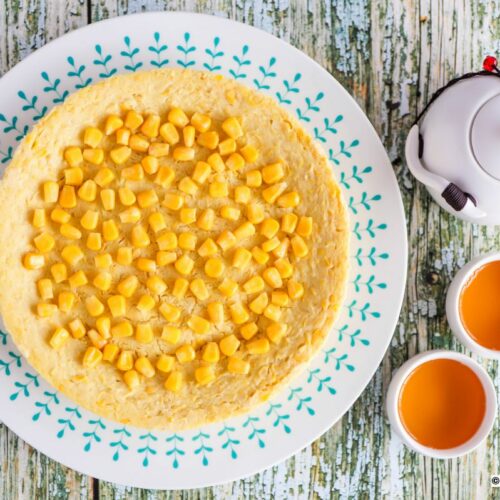
Steamed Sweet Corn Cake (Jagung Kuih)
Ingredients
Dry Ingredients:
- 100 g rice flour
- 50 g tapioca starch
- ¼ teaspoon salt
Wet Ingredients:
- 3 tablespoons agave syrup
- 75 g sweet corn kernels
For the Sweet Corn Mixture:
- 200 g sweet corn kernels
- 250 ml coconut milk
For the Pandan Mixture [200ml]:
- 300 ml water
- 3 fresh or frozen pandan leaves tie into knots
For the Garnish:
- Some steamed sweet corn kernels
Instructions
For the sweet corn mixture:
- Add all the sweet corn kernels and coconut milk into a Nutribullet or food processor and blend until smooth.
For the pandan mixture:
- Add all the pandan leaves and water to a small pot.
- Cover with lid and bring to a boil. Then simmer on low for 15 minutes. Set Aside 200ml.
For the cake:
- Roughly blend the 75g (2.6oz) sweet corn kernels in a food processor.
- Mix all the dry ingredients in a large bowl, whisk and mix well.
- Add the wet ingredients, 200ml pandan mixture and sweet corn mixture to the dry ingredients. Whisk all the ingredients together until well combined.
- Pour the mixture into an 8 inch shallow cake pan.
- Heat up a large wok half filled with water and place a steaming rack in the wok.
- Put the cake pan onto the steaming rack, cover with lid and steam for 25 minutes on high heat. Ensure that there is enough water in the wok.
- Cool completely before cutting. For best results, refrigerate for few hours or overnight before slicing.
Recommended Products


Notes
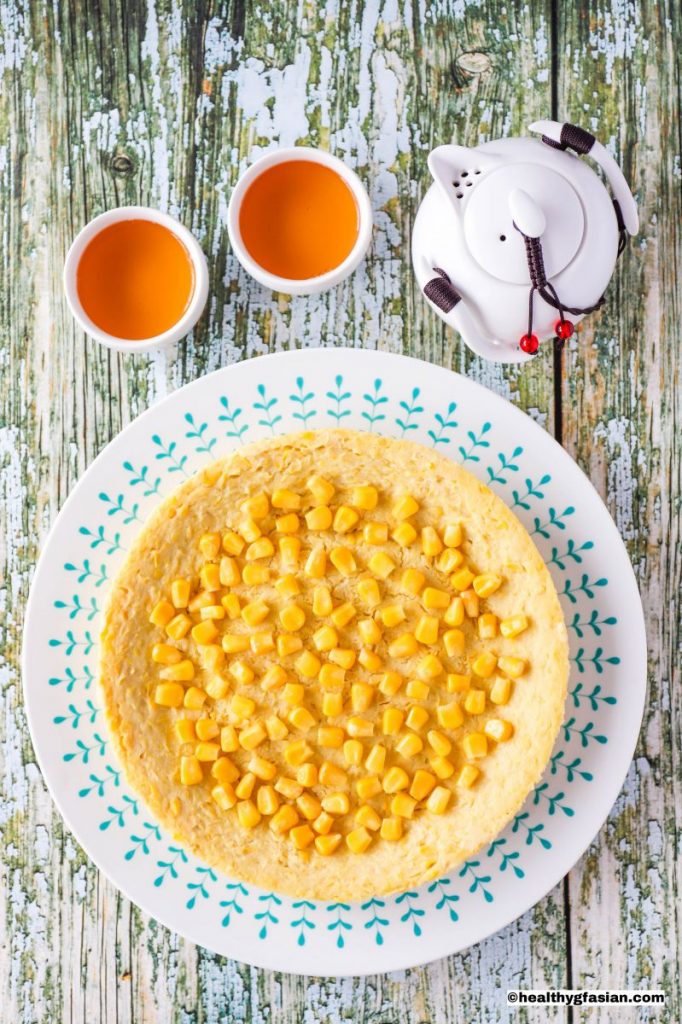
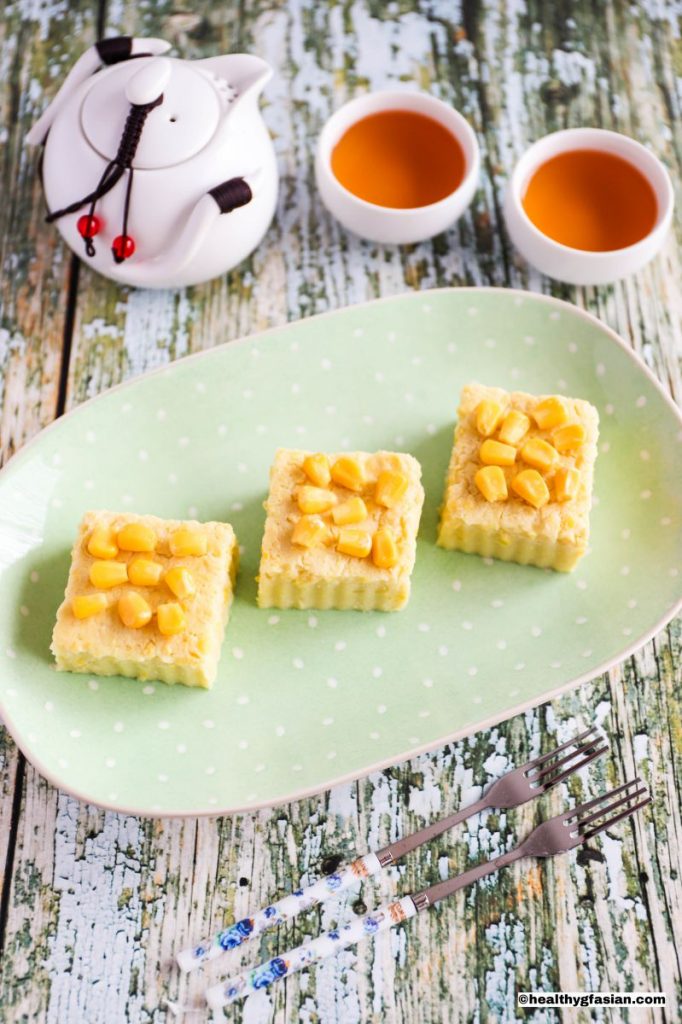








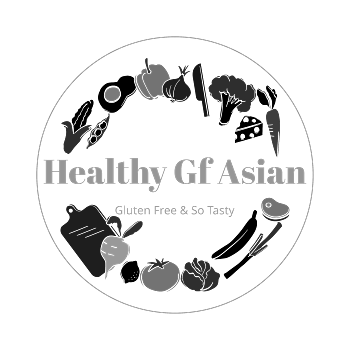
yummy…i am a corn lover so it is a big recipe for me. i am very keen to make this recipe.
Enjoy the recipe! 🙂